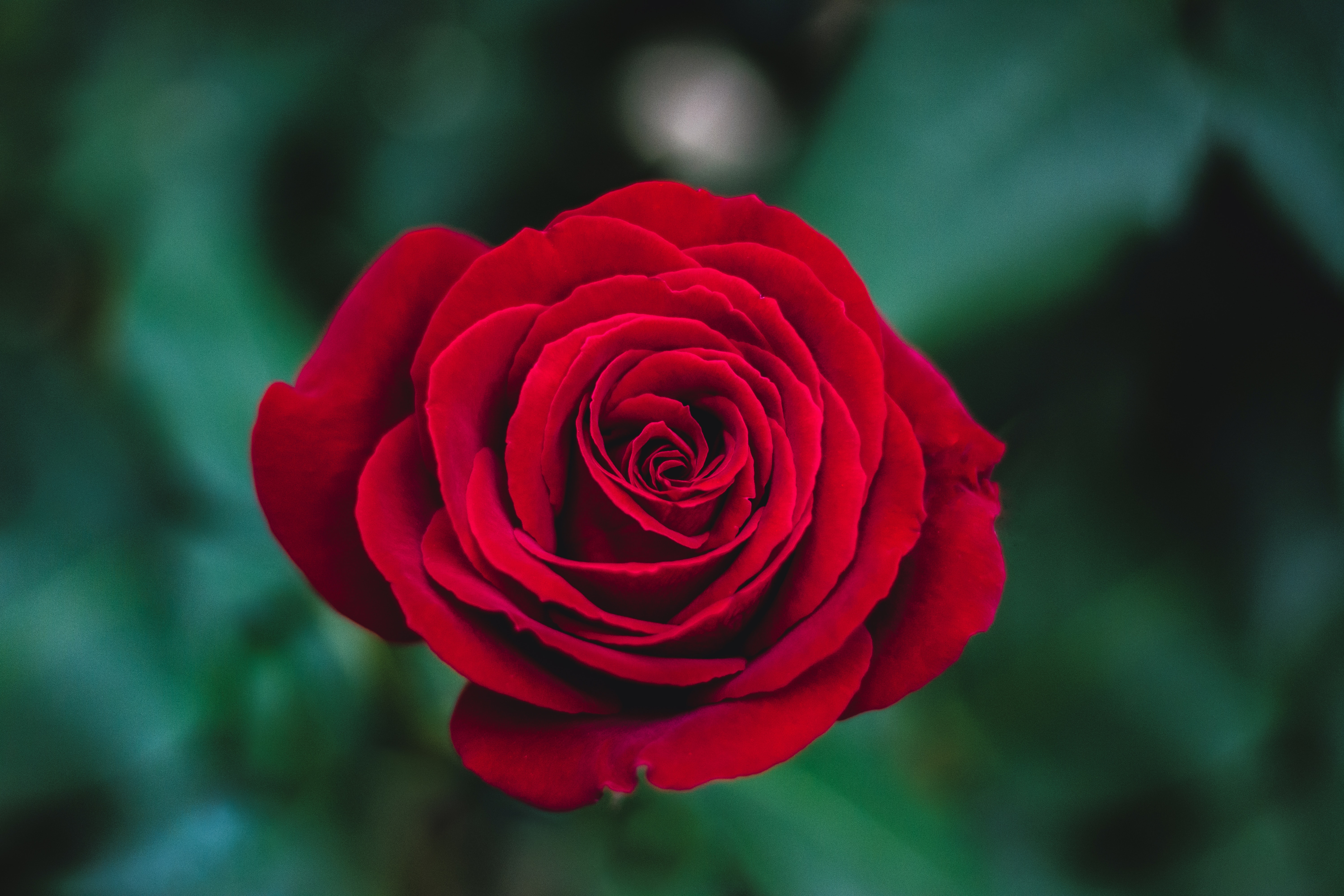Key Takeaways
- The study explores deficit irrigation techniques in hydroponic greenhouse cultivation of cut roses.
- Three irrigation treatments were tested: Full Irrigation (FI), Partial Root Drying (PRD), and Sustained Deficit Irrigation (SDI).
- PRD treatment increased flower numbers by 40% and positively affected drought tolerance.
- Titanium dioxide nanoparticles (TiO2-NPs) mitigated and even improved some traits under drought stress conditions.
- PRD strategy led to increased sustainability, reduced environmental impact, and higher profitability.
In a recent study by Seyed Mohammad Alavi et al., published in 2023, researchers delved into using deficit irrigation techniques for water management in hydroponic greenhouse cultivation of cut roses. The study conducted a factorial experiment using three different irrigation treatments and varying titanium dioxide nanoparticle foliar application doses to alleviate stress.
Exploring Different Irrigation Treatments
The study tested three irrigation treatments: Full Irrigation (FI), Partial Root Drying (PRD), and Sustained Deficit Irrigation (SDI). Each treatment was evaluated for its impact on the plants’ biochemical parameters, such as proline and total phenol content, which are drought stress indicators.
The Superiority of PRD Treatment
The PRD treatment stood out for its effectiveness in increasing flower numbers by 40% compared to the SDI treatment. It also positively affected drought tolerance by enhancing osmotic and elastic adjustments in the plants. This led to higher relative water content and longer root lengths in the PRD treatments, significantly increasing biomass water use efficiency.
The Role of Titanium Dioxide Nanoparticles
The study also explored titanium dioxide nanoparticles (TiO2-NPs) use in foliar applications at doses of 0, 15, and 30 ppm. The results showed that TiO2-NPs positively affected mitigating and even improving some traits under drought stress conditions.
Sustainability and Profitability
One of the most significant findings was the impact of the PRD strategy on sustainability and profitability. The PRD treatment led to a 26% and 61% increase in yield water use efficiency (WUE) compared to FI and SDI treatments. This not only enhances the sustainability of the greenhouse but also reduces its environmental impact by minimizing toxic wastewater.
Read more here.
Photo by Ivan Jevtic on Unsplash



1 Comment